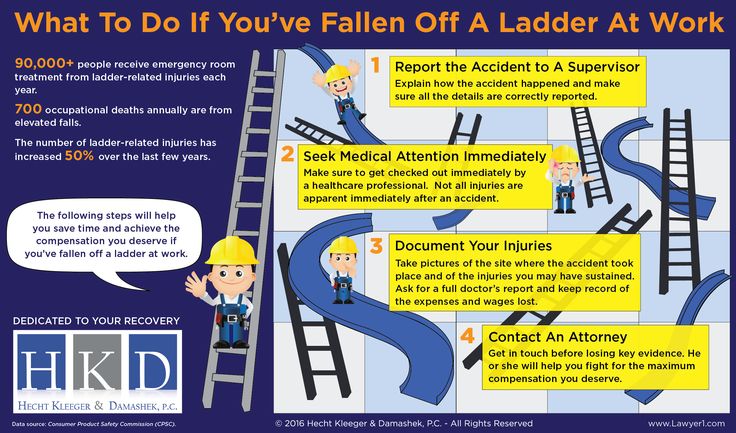ATV Accident Statistics
ATV stands for all-terrain vehicle. It is a small amphibious vehicle with a seat and handlebars also known as a light utility vehicle (LUV) or a quad bike, with wheels or tractor treads designed to travel on off road terrain. It is similar to a motorbike with three or four wheels that is intended to be used by a single operator over extremely rough ground, snow and ice, and through shallow water. When used appropriately and carefully near homes or private property, these vehicles can be very useful, and, when it comes to recreational fun, ATVs are a force to be reckoned with.
With all of these advantages, ATVs appear to be gaining popularity throughout many countries, from one culture to the next, and from generation to generation. However, these vehicles are deceptively dangerous and if not operated properly, they can be unsafe and pose a threat to yourself and to those around you.
All-Terrain Vehicles are not toys!
The likelihood of collisions on ATVs has increased as the number of vehicles and drivers has increased. These collisions often involve a driver under the influence of alcohol or drugs. Because ATVs usually lack seat belts, this makes accidents more dangerous.
Most Common Type of ATV Injuries: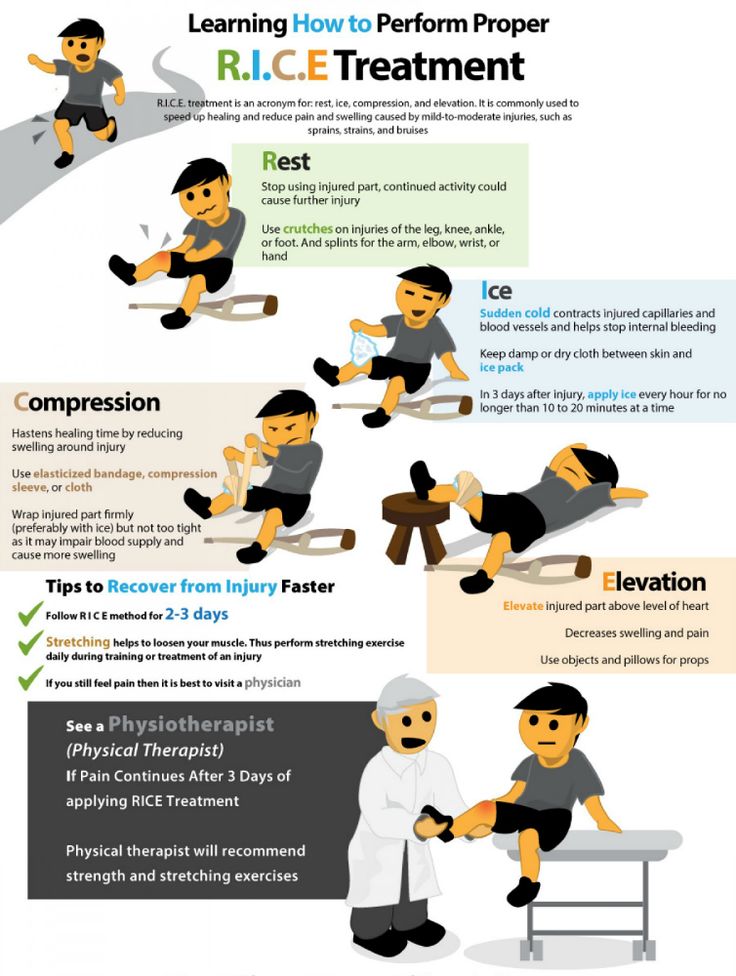
Every year, approximately 135,000 people are injured, and over 700 are killed in ATV accidents. Sadly, children under the age of 16 account for a large majority of casualties.
To avoid accidents and causalities, the drivers of ATVs should always follow all recommended safety guidelines.
Hilton & Somer, LLC: Motor Vehicle Accident Attorneys serving Virginia, Maryland, and Washington, D.C.
If you’ve been injured in an ATV accident due to the reckless or negligent actions of another, legal options may be available to you. Contact the motor vehicle accident attorneys at Hilton & Somer, LLC today! We work on a contingency fee basis, meaning that our attorney fees are contingent on any monetary recovery we obtain on your behalf. Contact us, or call us now, to schedule a free consultation! (703) 560-0700
References:
https://www. hg.org/legal-articles/the-dangerous-truth-about-atv-accidents-25021
hg.org/legal-articles/the-dangerous-truth-about-atv-accidents-25021
https://www.cpsc.gov/Safety-Education/Safety-Education-Centers/ATV-Safety-Information-Center/
All-terrain vehicles (ATVs) are as popular as ever, yet a new study from Nationwide Children's Hospital hopes to alert Americans about the dangers of ATVs — especially for children.
The study found that over the past 25 years, each day an average of 31 children were treated in U.S. emergency departments for ATV-related head and neck injuries. What's more, experts say and preliminary data show motor sports have become even more popular during the coronavirus epidemic.
“When you’re going 30 miles an hour and you hit a tree, you may not get a second chance. At that speed, with heavy machines like that, one mistake can be life-changing," Dr. Gary Smith, director of the Center for Injury Research and Policy at Nationwide Children’s Hospital, in Columbus, Ohio, and senior author of the study, said in a press release.
Kristen Almer knows this all too well: Her 11-year-old nephew died in an all-terrain vehicle (ATV) accident in 2013. She's since started a program promoting power sports safety to kids and parents.
On May 24, 2013, heading into Memorial Day weekend, Logan Almer, who lived with his father, mother and older brother in Minong, Wisconsin, got on his dad's ATV when no adults were around, Almer told TODAY. He wasn't wearing a helmet or other protective gear and drove the vehicle toward the road. When he reached the road, he sharply turned because he knew not to drive the vehicle on pavement, but in the process, the vehicle flipped twice, crushing and killing Logan, Almer recalled.
Logan Almer, 11, died in an ATV accident in May 2013.Courtesy of Kristen Almer"We don't know all the details, but it's pretty obvious that when Logan got on that machine, he had no idea what he got his hands on," she said. "It was horrifying, graphic, brutal, unbelievable situation.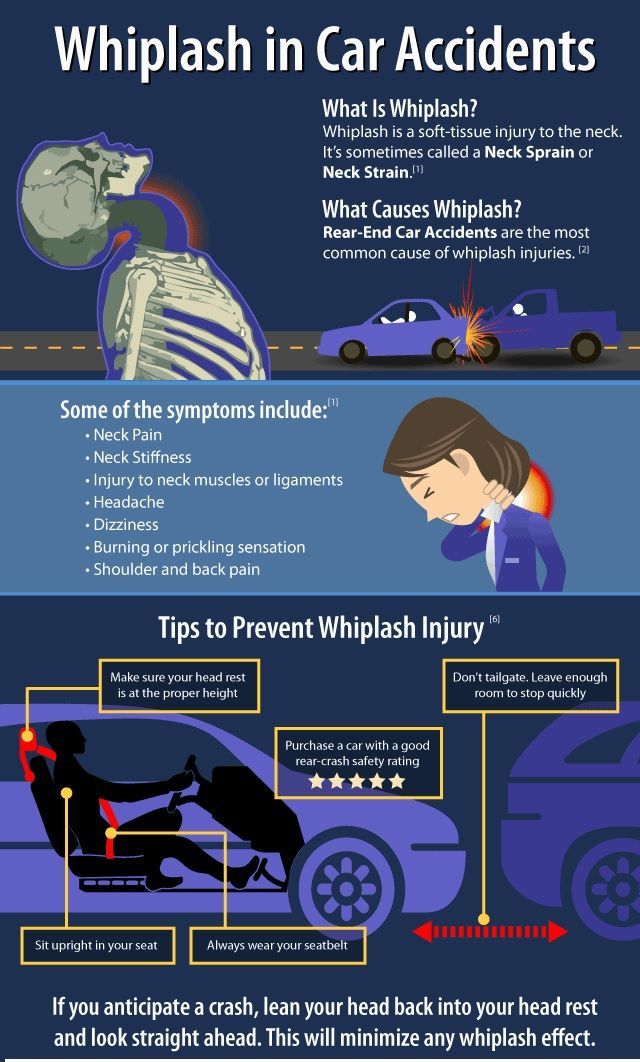 "
"
Almer added that Logan's parents "were very concerned about the safety of their sons" and that the ATV key was usually frozen in a block of ice. At the time of Logan's death, his older brother, Hunter, was doing his online certification on ATV safety. Almer, herself, has worked in the motor sports industry for decades, which made the loss that much harder.
"I couldn’t believe this happened to my family," she said.
Between 1982 and 2018, there were at least 15,744 ATV-related fatalities, per the Consumer Product and Safety Commission. Of these, 3,353 were in children younger than 16, about 1 in 5. According to 2018 data from nonprofit the Insurance Institute for Highway Safety, in 80-90% of deaths, the victims weren't wearing helmets.
According to a Consumer Federation of America report from 2018, July is the month with the most fatalities due to off-highway vehicles (OHVs), and the date with the highest number of fatalities is July 4.
The CPSC numbers do not include deaths related to other off-road vehicles, such as utility-terrain vehicles (UTVs), Almer stressed.
"People don't realize the danger that's afoot," she said. "People will say, 'We're not really concerned. Our kids don't ride.' ... The fact of the matter is kids who don't ride, they're the ones who are unfamiliar, who we need to get the message to."
Dr. Bret Nicks, a professor of emergency medicine at Wake Forest University in Winston-Salem, North Carolina, and spokesperson for the American College of Emergency Physicians, told TODAY he's seen a recent increase in injuries and fatalities related to ATVs as their popularity grows.
"The power behind them ... is markedly greater than it was a decade ago," he said. "People have to recognize that ATVs are not toys. They're fun, and yes, they have very small ones, but they're incredibly heavy, and they have lots of power."
The most common ATV injuries in kids, according to Nicks, are from falling off without wearing proper gear.
"They have on flip-flops and shorts, maybe a tank top or a T-shirt, so we see lots of contusions, injuries to the skin," he said.
Arm, leg and ankle fractures are also common, he added, and one of the most dangerous situations occurs when kids are ejected from the vehicle at a great distance.
"Then we have concerns for head injury, multi-system trauma inside their chest, inside their belly, organ injuries and those types of things," he said.
With ATVs, "there are appropriate ways to go about having tremendous amounts of fun," Nicks said. But taking necessary precautions is crucial and possibly lifesaving. Per the ATV Safety Institute:

Almer added that educating kids about the risks of power sports is one of the most effective ways to protect them.
"We don't throw our kids who don’t how to swim off a dock into 12-foot water. With power sports, it's the same thing," she said. "I don’t care whether you live in the city, you ride or you don’t ride — this is an issue that pertains to you."
This story was originally published in July 2020.
Maura Hohman
Maura Hohman is the senior health editor for TODAY.com and has been covering health and wellness news and trends since 2015, when she graduated from journalism school.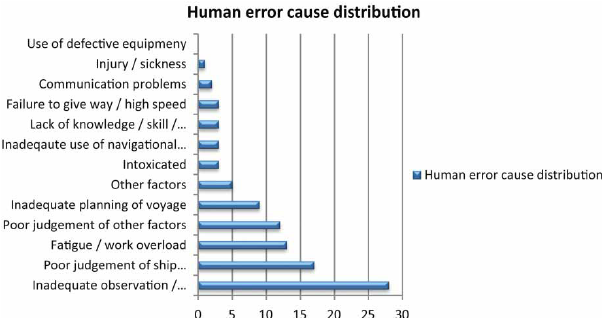 Her byline has appeared on TODAY, NBC News, US News & World Report, People, Everyday Health, WhatToExpect.com, History.com and more. Her interests include women's health, racial health disparities, mental health and COVID-19.
Her byline has appeared on TODAY, NBC News, US News & World Report, People, Everyday Health, WhatToExpect.com, History.com and more. Her interests include women's health, racial health disparities, mental health and COVID-19.
Every year on the third Sunday of November, the world remembers the victims of traffic accidents. According to the UN, every 24 seconds there is a fatal accident in the world. At the same time, traffic accidents occur three times more often in developed countries than in poor countries. Since the beginning of 2020 alone, 107 thousand accidents have occurred in Russia. 5-tv.ru found out what kind of injuries people get in car accidents most often.
Orkhan Gatamov
Traumatologist-orthopedist
If at the beginning of the 20th century, at the dawn of the automotive industry, every accident was news, now accidents happen all the time. Almost every family has its own “swallow” today. Statistics speak of 306 cars per thousand people in Russia. And with such a level of motorization, accidents become "common".
Almost every family has its own “swallow” today. Statistics speak of 306 cars per thousand people in Russia. And with such a level of motorization, accidents become "common".
The severity of injuries in road traffic victims depends on the complexity of the accident. These can be ruptures and bruises of internal organs, concussions, fractures and traumatic amputations. nine0003
“As an orthopedic traumatologist, I most often encountered such situations: traumatic brain injury, closed chest injury, open chest injury,” Orkhan Gatamov, an orthopedic traumatologist, told .
Also among the frequent injuries from road accidents are hemothorax (accumulation of blood in the pleural cavity) pneumothorax (accumulation of air in the chest). Common injuries after accidents are fractures of the spine, limbs, and ribs.
According to Orkhan Ilhamovich, getting injured in a traffic accident often has an irreversible impact on a person.
The victim in an accident often turns out to be close to disability. It is possible to avoid consequences if the patient is provided with competent medical care in time. But even in this case, situations may occur due to which the treatment will be delayed.
“A person gets multiple injuries, bruises and so on. For example, he gets a brain injury, a limb breaks in parallel. He treats the head, then he treats the arm or leg. From the point of view of social adaptation, a person drops out of life for a long time, becomes disabled for some period of life, ”- explained the medic.
Due to concussions, the memory and intellect of a person suffer. Sometimes after an accident, the victim needs the help of a psychologist. It is not so easy to get back into the car if before that you were seriously injured in an accident. Here you can’t do without the help of a specialist who will treat not the body, but the human psyche.
In 2020, the squares and highways of many countries of the world have become noticeably empty.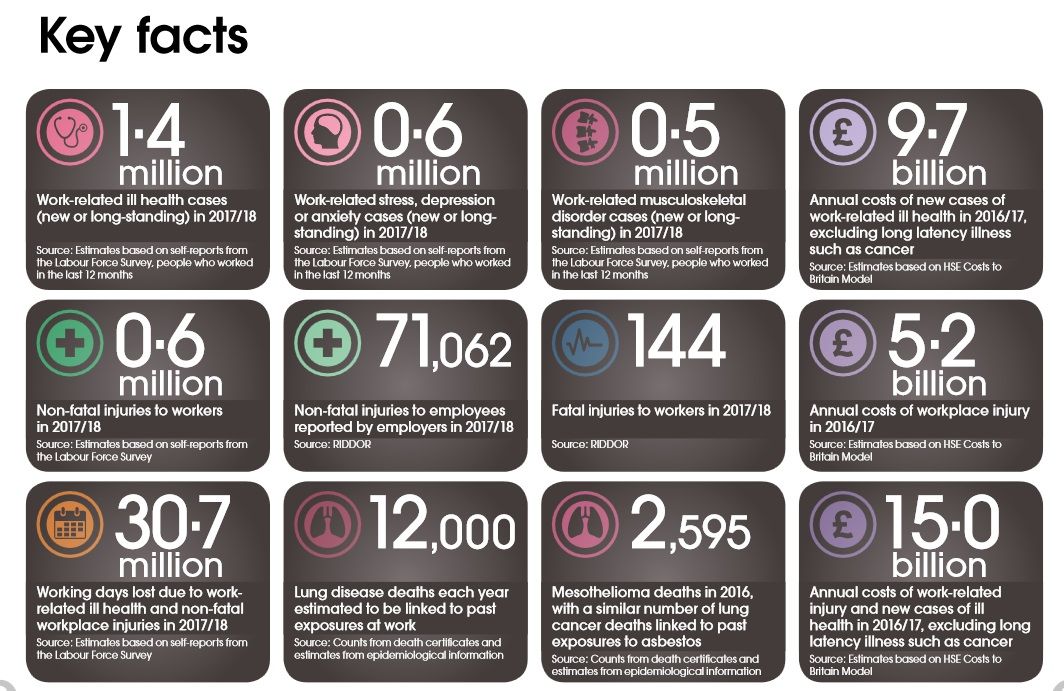 Coronavirus "seated" pedestrians and motorists to their homes. As for car accidents, their number of deaths under the wheels of vehicles on Russian roads is decreasing. Compared to 2014, the number of accidents in 2018 fell by 32.5%. nine0003
Coronavirus "seated" pedestrians and motorists to their homes. As for car accidents, their number of deaths under the wheels of vehicles on Russian roads is decreasing. Compared to 2014, the number of accidents in 2018 fell by 32.5%. nine0003
Statistics help to reduce the number of fatal road accidents. For example, experts found that the most emergency time in 2020 was Friday and Saturday evenings from 17:00 to 22:00. And there is a logical explanation for this - it is during this period that drunk drivers get behind the wheel of a car.
In early February, a seven-year-old boy and a girl died on ice slides in the Moscow region and in Nizhny Novgorod with a difference of one day. In fact, this is not even the tip of the iceberg, but its shadow. There are hundreds of times more similar tragedies, but they rarely become public knowledge. About 7,000 children and adolescents die in the country every year as a result of accidents; every 75 minutes a child dies; every 67 seconds, all kinds of injuries are recorded in the emergency departments of children's hospitals. The chief physician of the Research Institute of Emergency Children's Traumatology Alexander Bryantsev, statisticians and fellow journalists who remembered their own stories helped the Lenta.ru correspondent to figure out the reasons for the high childhood traumatism. nine0003
The chief physician of the Research Institute of Emergency Children's Traumatology Alexander Bryantsev, statisticians and fellow journalists who remembered their own stories helped the Lenta.ru correspondent to figure out the reasons for the high childhood traumatism. nine0003
So, more than three million registered visits to children's emergency rooms; half a million hospitalized children and about seven thousand deaths annually. The question immediately arises: does the child have the most dangerous age? Answering it, the chief physician of the most authoritative institution in Russia in pediatric traumatology claims that there is no such age, since at each age children face their own dangers.
For example, from 13 to 17 years old, there are a lot of severe injuries and even deaths in the so-called "hooks". But children from 2 to 5 years old often fall - and not only on the floor from the sofa, but more and more often from the windows of high-rise buildings.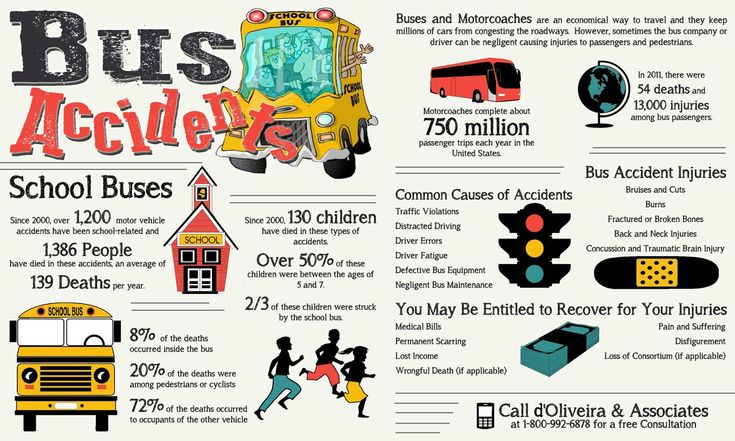 nine0003
nine0003
Many severe injuries and even deaths occur due to rolling on roofs and between commuter train cars
Photo: Maxim Blinov / RIA Novosti
“The peak of these falls occurs in the spring,” says Dr. Bryantsev. - It is already warm outside, and the batteries continue to heat in the house. Adults open windows and close their openings with mosquito nets. But a mosquito net is not able to stop a child who has rested his hands on it. Children climb onto the windowsills and lean on the net. After such falls, children sometimes survive, especially the lightest ones, but they are unlikely to grow up to be healthy people. nine0003
However, a child can fall “well” even without a mosquito net. An illustrative story was told by the editor of Moslenta, Oleg Matveev. When he was 12 years old, his parents left him to look after his six-year-old brother for an hour. The park of the hotel at the Russian embassy in the city of Alexandria, where supervision was carried out, was surrounded by a stone wall two meters high and twenty centimeters thick.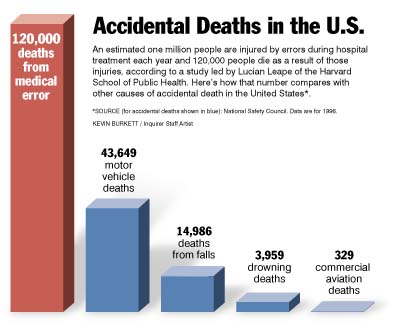 Under the wall was something like a rock garden.
Under the wall was something like a rock garden.
— I was only distracted for a minute and a half — to drink a glass of water, — says Oleg. - And when I returned, I saw that my brother was hanging upside down, catching a strap from shorts on a branch of a tree, and his head was 20 centimeters from sharp stones. While I was gone, he managed to climb onto the fence, tried to walk along it, fell, but miraculously caught on a bough and survived. nine0003
It should be noted that from half to 70 percent of all injuries children get outside of schools, kindergartens, sports clubs and other institutions - at home and on the street. Even in winter when skiing. In the ranking of winter injuries, according to the experience of Alexander Bryantsev, the leaders are falls when skiing, which often end in multiple fractures of the lower leg. Following are falls from snowboards and a combined injury characteristic of them: leg fractures and severe bruising of the head.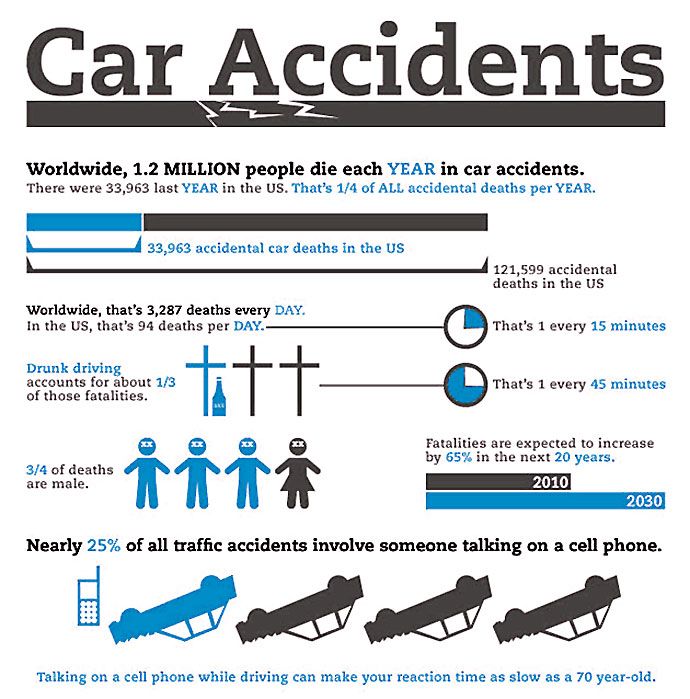 Toddlers are especially badly injured when falling from snow scooters - if they lose their course and fly somersaults, they can cause serious injury to a child. But "cheesecakes", or tubings, cannot be discounted. On special children's slides, they are mostly safe. But when descending from a high steep bank of a river or down a ski slope, these inflatable sleds can reach speeds of up to 100 kilometers per hour. At the same time, they are uncontrollable, constantly rotating, and at high speed they cannot be stopped on their own. nine0003
Toddlers are especially badly injured when falling from snow scooters - if they lose their course and fly somersaults, they can cause serious injury to a child. But "cheesecakes", or tubings, cannot be discounted. On special children's slides, they are mostly safe. But when descending from a high steep bank of a river or down a ski slope, these inflatable sleds can reach speeds of up to 100 kilometers per hour. At the same time, they are uncontrollable, constantly rotating, and at high speed they cannot be stopped on their own. nine0003
So, a recent tragedy in the Noginsk region happened when a father put a seven-year-old boy behind him and drove down a high mountain. The cheesecake spun around and crashed into a tree on the side where the boy was sitting.
I specially went up the hill and watched the process. In about half of the cases, parents ride "cheesecakes" with their children. There is a whole crowd of children and adults on the mountain, so it is impossible to find the ideal starting position.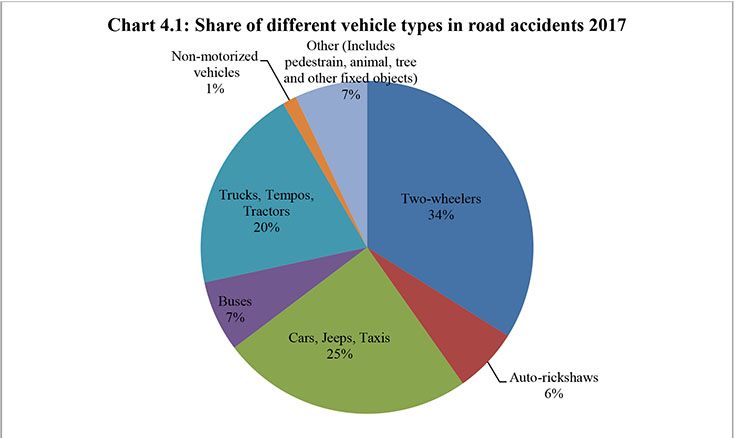 In order not to miss the nimble transport, the parent, as a rule, takes a place in the “cheesecake” by jumping, and the child quickly clings from behind. nine0003
In order not to miss the nimble transport, the parent, as a rule, takes a place in the “cheesecake” by jumping, and the child quickly clings from behind. nine0003
When descending from a high steep bank of a river or down a ski slope, inflatable sleds can reach speeds of up to 100 kilometers per hour
Photo: Alexey Danichev / RIA Novosti
Scary? Compared to what we did in childhood - flowers. Once, at the age of eight, my friends and I found a hood from a Zhiguli, dragged it to a rather high railway embankment, the three of us sat in it and drove down. And there would be nothing to talk about if it were not for the thick poplar at the bottom of the mountain, into which our miracle sleigh crashed exactly with me. Luckily, there were no injuries. nine0003
Here is the story told by Deputy Editor-in-Chief of Lenta.ru Mikhail Pak. When he was about seven years old - Misha lived then in Alma-Ata - he and the guys often played at an abandoned construction site.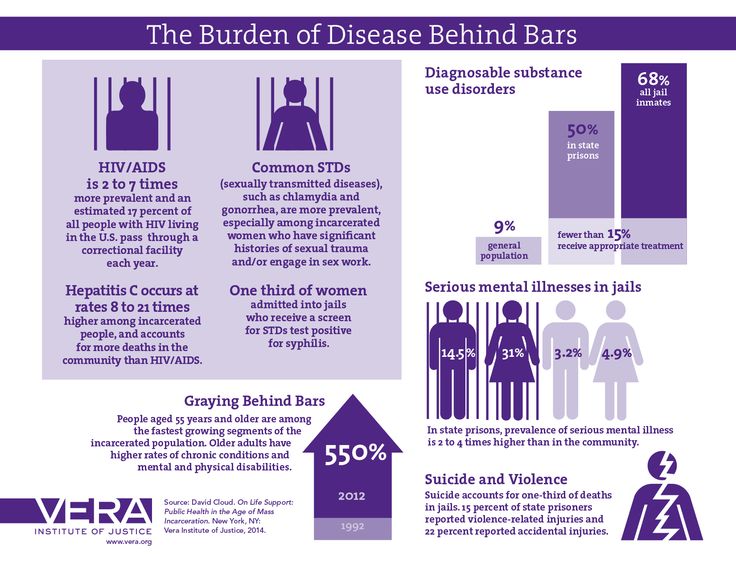 The game ended when one of the company noticed the guards and shouted: "Watchman!" Everyone fled, not through the exit of the unfinished building, where the watchman could ambush, but jumping from the second floor into a large pile of sand. Once a pile was removed and, jumping from the second floor, Misha fell to the asphalt. In the hospital, dislocations of the knees and ankles were found, not counting bruises and torn palms. So what? Three weeks later, when the fixing bandages were removed from the boy, he again went to play at the construction site. nine0003
The game ended when one of the company noticed the guards and shouted: "Watchman!" Everyone fled, not through the exit of the unfinished building, where the watchman could ambush, but jumping from the second floor into a large pile of sand. Once a pile was removed and, jumping from the second floor, Misha fell to the asphalt. In the hospital, dislocations of the knees and ankles were found, not counting bruises and torn palms. So what? Three weeks later, when the fixing bandages were removed from the boy, he again went to play at the construction site. nine0003
“I understood very well that there was no more sand under the window and it was no longer possible to jump,” recalls Mikhail. - But when I heard the cry "watchman!", I ran on the machine and jumped. I instantly realized that once again I would not be so lucky, mentally said goodbye to friends and parents ... but fell into something soft. It turned out that the watchman assessed everything correctly, managed to run up and caught one after another the children flying out of the window.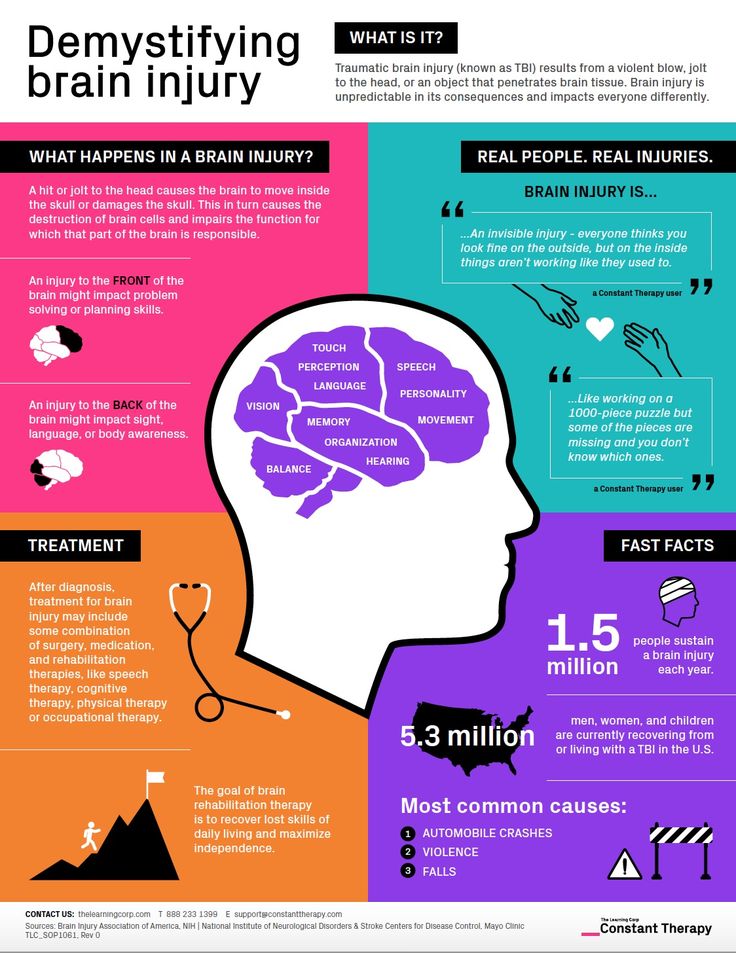
Dangerous games at construction sites, as Dr. Bryantsev said, are experiencing a real boom today. After watching films with elements of parkour, children aged ten and older try to repeat the tricks they see on the screen. Frozen construction sites and empty industrial facilities are found for climbing and jumping. Parkour games often end in multiple broken arms and legs, multiple injuries, and even death. Spinal fractures are rare. After such an injury, the child remains paralyzed for life, and after a severe traumatic brain injury, he can live the rest of his life, in vulgar language, like a vegetable. nine0003
After watching films with elements of parkour, children try to repeat the stunts they see on the screen
Photo: Mikhail Mordasov / RIA Novosti
— Curiously, skateboarders with serious injuries are dozens of times less likely, — the doctor adds. - I think the point is that you can’t just get on a skateboard - you have to be able to. When a child learns, he is aware of the risks.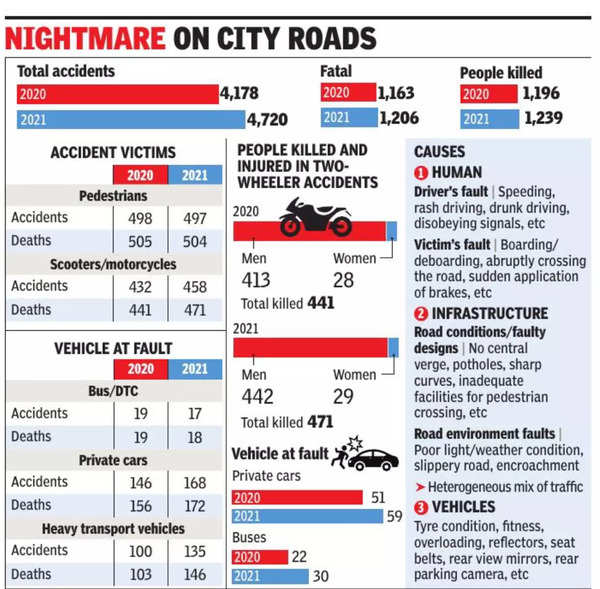 When he gets to the point where he can do tricks, he's already a bit of an athlete. In addition, skateboarders prefer to ride in helmets and knee pads, which is very important. Finally, they fall on a plywood ramp, and not on concrete slabs with protruding reinforcement. nine0003
When he gets to the point where he can do tricks, he's already a bit of an athlete. In addition, skateboarders prefer to ride in helmets and knee pads, which is very important. Finally, they fall on a plywood ramp, and not on concrete slabs with protruding reinforcement. nine0003
“I was 12 years old, I was just leaving the entrance of an ordinary panel house in the south-west of Moscow,” says Georgy Oltarzhevsky, a Lenta.ru reporter. “And just tripped on the stairs in the first floor hallway. Trying to keep his balance, he involuntarily ran down the stairs. As a result, with a run, he ran his hands and head into the glass door of the entrance. The bottom of the door shattered and the top fell like a guillotine knife. Thank God that this knife fell not on the neck, but on the hand. She was cut to the bone. It was lucky that there were adults nearby who applied a tourniquet and stopped the bleeding before the ambulance arrived. nine0003
Today, glass doors are no longer installed in entrances, but there are interior doors with glass in the middle.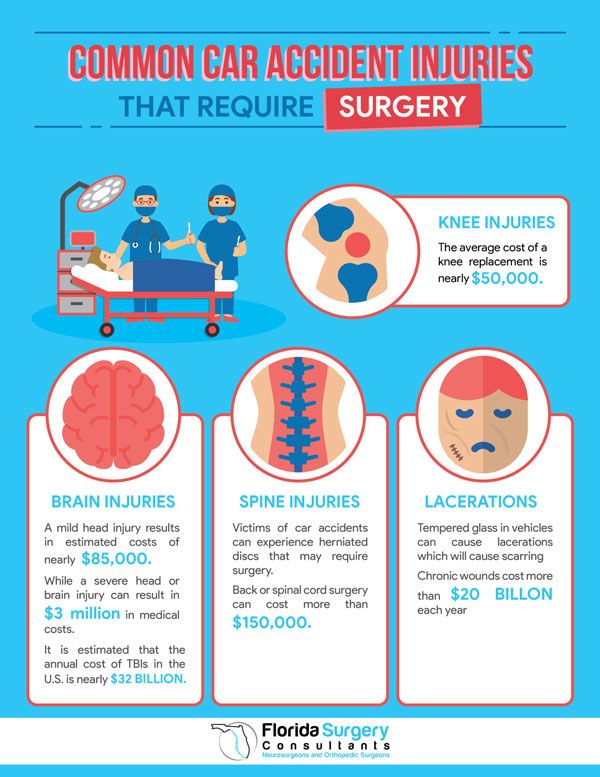 According to Alexander Bryantsev, children break them regularly. Heavy glasses still fall like a guillotine, cutting off fingers and toes of their victims, crippling hands and feet.
According to Alexander Bryantsev, children break them regularly. Heavy glasses still fall like a guillotine, cutting off fingers and toes of their victims, crippling hands and feet.
Another, but, as it turned out, not the most common cause of childhood injuries is traffic accidents. They account for about 20 percent of childhood injuries and deaths from external causes. Small children get hit by wheels in the yard, running out from behind parked cars, and in summer cottages, when parents drive into the gate in reverse. Large children get hit by wheels on the road when they run across it in the wrong place. Inside the car, young children are often injured and killed in the absence of a child seat. nine0003
Broken glass falls like a guillotine, cutting off the fingers and toes of their victims, crippling their feet
Photo: Igor Maslov / RIA Novosti
And here is my own story. When I was five, my dad decided that it was already embarrassing for his grown-up son to ride a four-wheeled bicycle.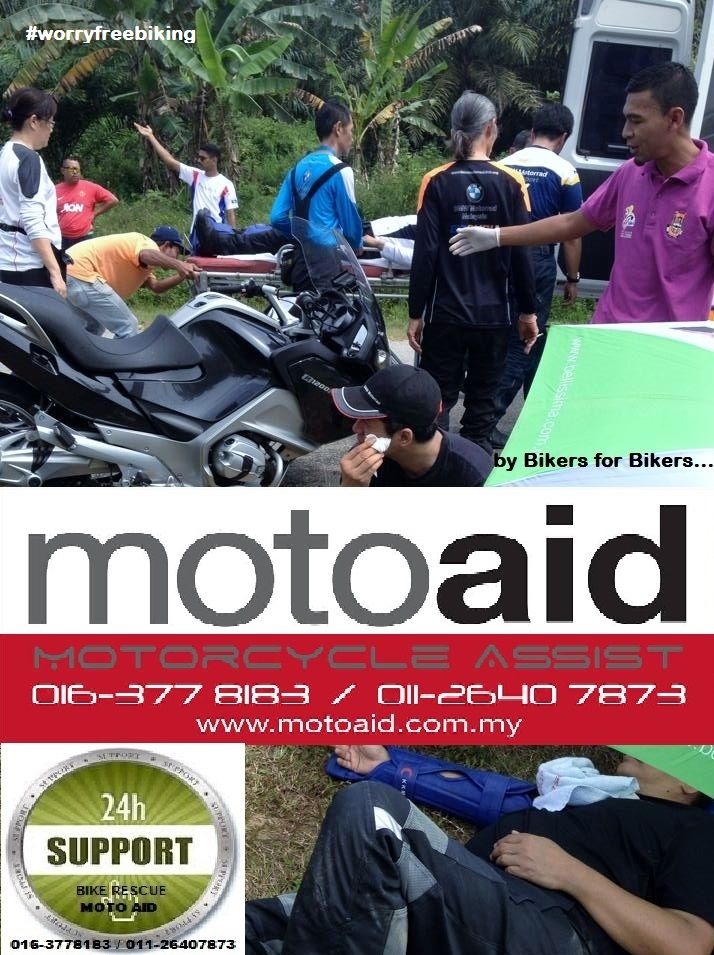 Two small side wheels were unscrewed, and we went outside to master the classic bike. I could not keep my balance at low speed, and then it dawned on my father: it was about speed. If you go fast, the balance will come by itself. nine0003
Two small side wheels were unscrewed, and we went outside to master the classic bike. I could not keep my balance at low speed, and then it dawned on my father: it was about speed. If you go fast, the balance will come by itself. nine0003
Dad took off the belt, looped it around the steering wheel, took the other end in his hand and... ran. He ran about 20 meters, and all this time I followed him, flopping on my side. As a result - a broken temple, torn elbow, shoulder, leg, blood, tears, ruined clothes and a very upset mother.
— Yes, falling from bicycles and roller skates without helmets and knee pads is our summer scourge, — the head physician of the NII NDHiT continues to share his experience. - The worst thing is falling backwards from bicycles and roller skates, as well as from skates in winter. A blow to the head can lead to both death and severe disability. The helmet completely eliminates this risk. Well, more or less high-quality elbow pads and knee pads protect the legs and arms. nine0003
nine0003
In the same category of injuries, but with more severe consequences, Alexander Bryantsev attributed falls from scooters and ATVs that have been fashionable in recent years. On scooters, the usual accidents are a run into a ditch or an accident, and on ATVs, falls on forest roads, often with a head hit on a tree. Helmets and elbow pads in all cases help to avoid the most serious injuries.
I must say that most children are lucky. So, out of just over three million annual visits to medical institutions, half are superficial injuries, dislocations and sprains, and another half a million children have open wounds and injuries of blood vessels - that is, two out of three get off lightly. In Russian pediatric traumatology, more than 400 thousand fractures of the arms, more than 160 thousand fractures of the legs, more than 25 thousand fractures of the spine and other bones of the body, about 25 thousand fractures of the skull and facial bones and a little less than 2.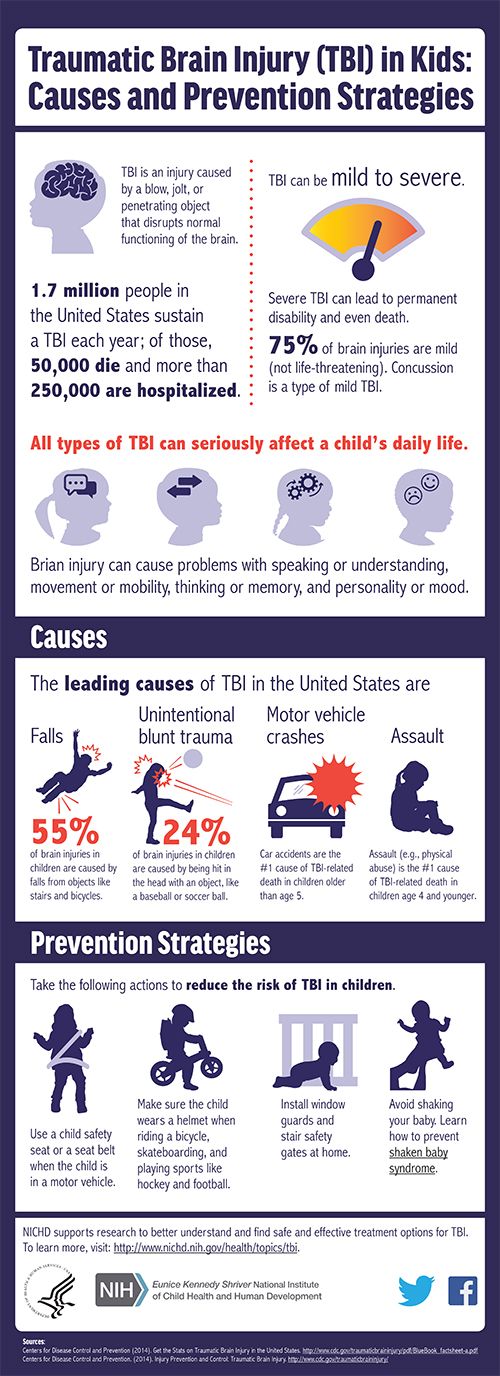 5 thousand spinal cord injuries are recorded annually. But there are people whom God protects in the truest sense of the word. nine0003
5 thousand spinal cord injuries are recorded annually. But there are people whom God protects in the truest sense of the word. nine0003
For example, Nikolai Morozov, deputy editor-in-chief of Lenta.ru, committed a wide variety of reckless acts as a child: he jumped out of a second-story window, fell off his bicycle many times without a helmet and elbow pads, flew on a sled from high, dangerous mountains and never received any noticeable injury. Alas, modern children have less and less chances for such luck.
Toddlers are especially injured when falling off snowmobiles: they can roll over and cause serious injury to the child
Photo: Vladimir Vyatkin / RIA Novosti
According to Dr. Bryantsev, magnetic construction sets containing small parts, primarily balls, have become a real scourge for kids. Babies often swallow them. If the child swallowed one ball, there is nothing to worry about. If he swallowed five balls at the same time, this also does not threaten anything.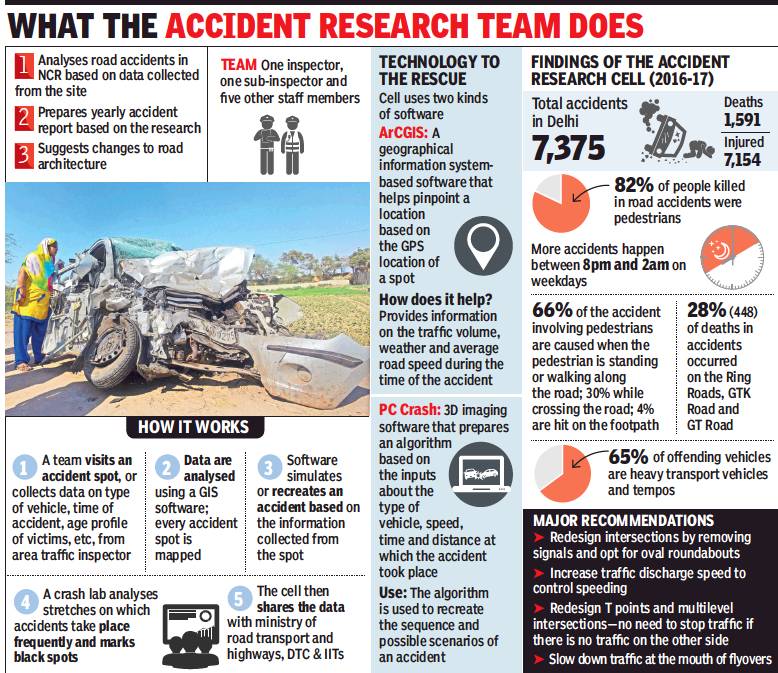 But if he swallows a ball with an interval of 20 minutes, it's bad. The balls, passing through different loops of the small intestine, are magnetized through the walls and infringe the loops between themselves. As a result, digestion is difficult, and pressure sores, perforations, peritonitis, and so on are formed in the places where the balls are fixed. It is easy to guess that it is not possible to understand the cause of the ailment immediately. But even if an x-ray is taken in time and the ill-fated magnets are found, the baby will have a difficult abdominal operation and a long rehabilitation. nine0003
But if he swallows a ball with an interval of 20 minutes, it's bad. The balls, passing through different loops of the small intestine, are magnetized through the walls and infringe the loops between themselves. As a result, digestion is difficult, and pressure sores, perforations, peritonitis, and so on are formed in the places where the balls are fixed. It is easy to guess that it is not possible to understand the cause of the ailment immediately. But even if an x-ray is taken in time and the ill-fated magnets are found, the baby will have a difficult abdominal operation and a long rehabilitation. nine0003
It is extremely dangerous if a child inhales a seed, a nut or a small detail of the designer. The object gets into the bronchi - and further down the list: generalized bronchospasm, local hyperemia, swelling and ulceration of the bronchial mucosa, exudation phenomena, and so on. As in the previous example, happiness if a foreign body in the bronchus is recognized by doctors in time.
“My advice,” Alexander Bryantsev says about this. - Carefully choose toys for children. If the package says “over five years old,” do not give the toy to a three-year-old. Toys for children under five years of age should not contain small parts that a child can inhale, swallow, put in his nose or in his ear. nine0003
Road traffic accidents are followed by deaths from accidental drowning, killing more than 900 children every year. As our expert explains, young children drown in the sea, in rivers, and in pools for one reason only: due to adult oversight. But big children drown for a different, but also common reason for all: because of courage. As a rule, big children jump headfirst into the water and hit the bottom or foreign objects that are not visible from the shore.
“Courage and negligence are the two main causes of childhood injuries and death,” sums up Bryantsev. - Small children require constant attention, and if it is not there, they get into trouble.